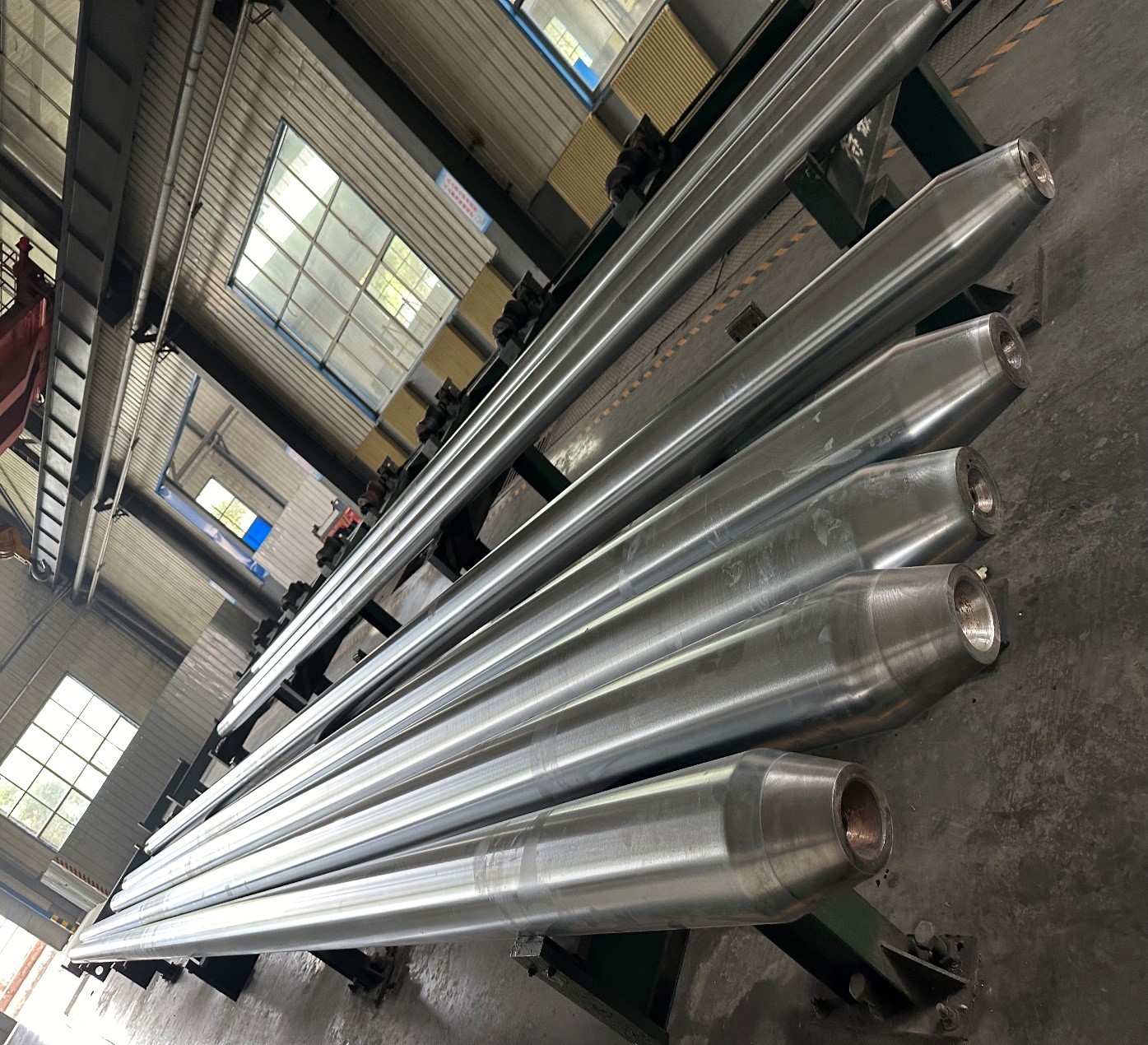Mandrels play a crucial role in various manufacturing processes, particularly in tube and pipe production, metal forming, and composite material fabrication. Choosing the right mandrel type is essential for ensuring precision, reducing material waste, and improving overall efficiency. The selection process depends on several factors, including the material being processed, the required dimensional accuracy, and the specific forming or machining conditions. Understanding these elements helps manufacturers optimize their processes and achieve superior product quality.
The first consideration in selecting a mandrel is the material properties and process conditions. For applications involving metal tubing, such as cold drawing or bending, the mandrel must withstand high forces while maintaining the tube’s internal diameter and preventing deformation. Solid mandrels, often made of hardened steel or carbide, are ideal for high-strength materials and tight tolerances. Flexible mandrels, such as ball mandrels or cable mandrels, are better suited for complex bends and applications requiring greater flexibility. For composite material forming, inflatable or collapsible mandrels are commonly used, allowing for easy removal after the curing process. Selecting the right material and type ensures optimal performance while minimizing tool wear and process inefficiencies.
Another key factor is the desired product quality and precision requirements. Fixed mandrels provide excellent dimensional stability and are ideal for producing components with strict tolerances. However, in processes where material springback or residual stress is a concern, a floating or articulated mandrel can accommodate variations and maintain consistent shaping. Additionally, in high-production environments, self-lubricating mandrels or those with advanced coatings can reduce friction and wear, enhancing longevity and reducing maintenance costs. By aligning the mandrel type with quality expectations and operational demands, manufacturers can achieve a balance between precision and productivity.
In conclusion, selecting the appropriate mandrel type is a critical decision that impacts manufacturing efficiency, product quality, and cost-effectiveness. By considering factors such as material properties, process conditions, and precision requirements, manufacturers can choose the most suitable mandrel for their specific application. Whether using solid, flexible, inflatable, or coated mandrels, an informed selection process ensures smooth operations and optimal results. Investing in the right mandrel not only enhances production outcomes but also contributes to long-term operational success.
Post time: Feb-21-2025





